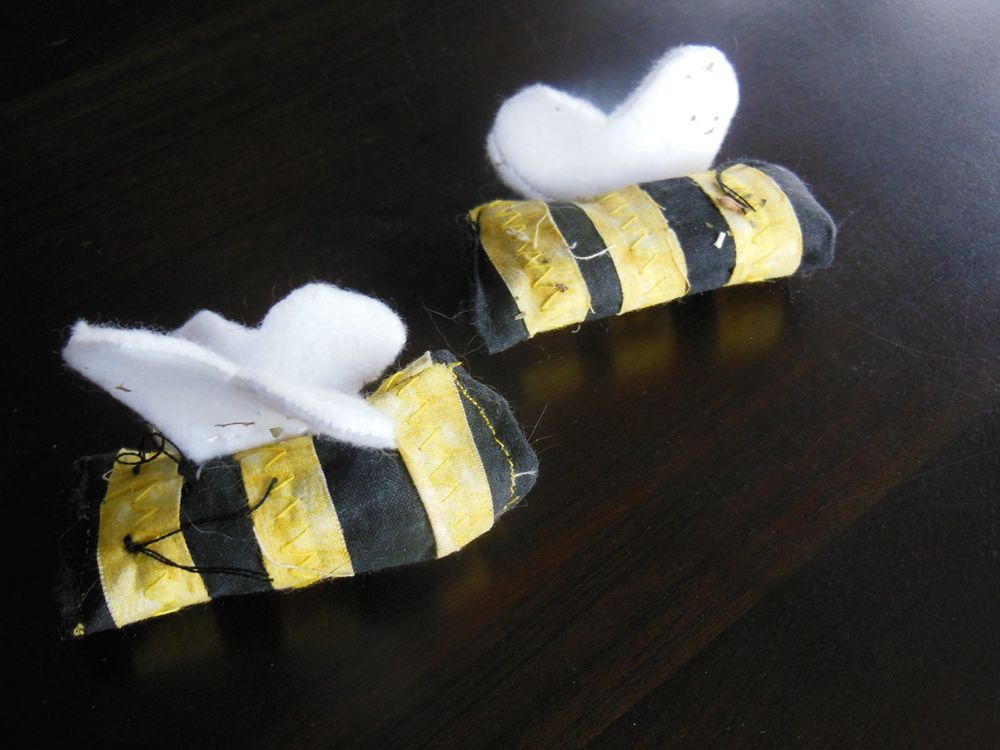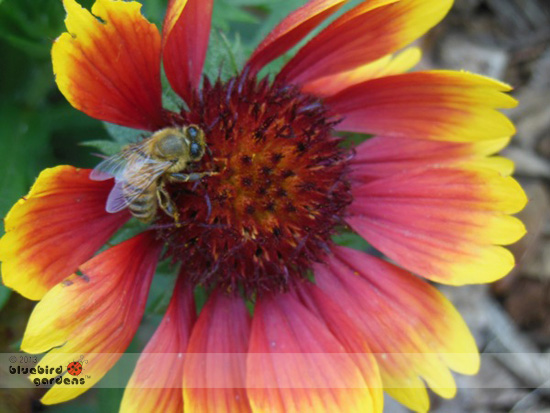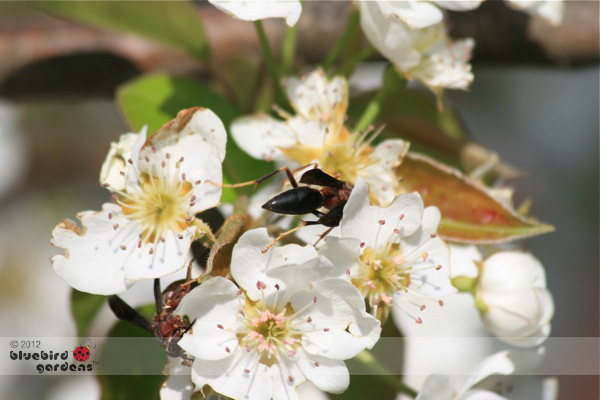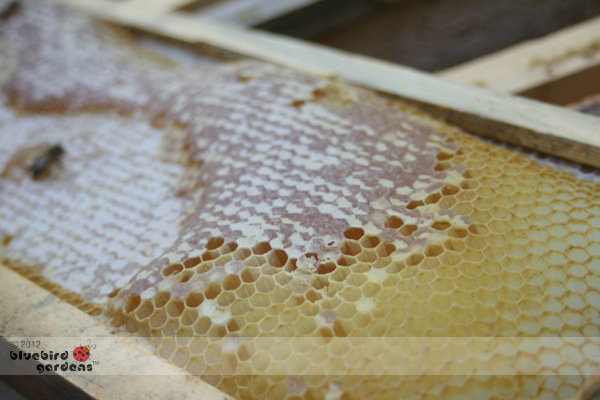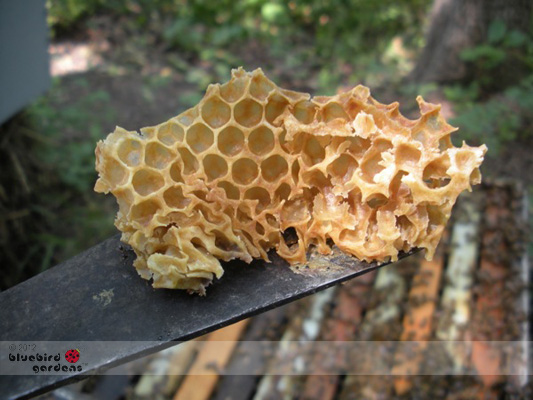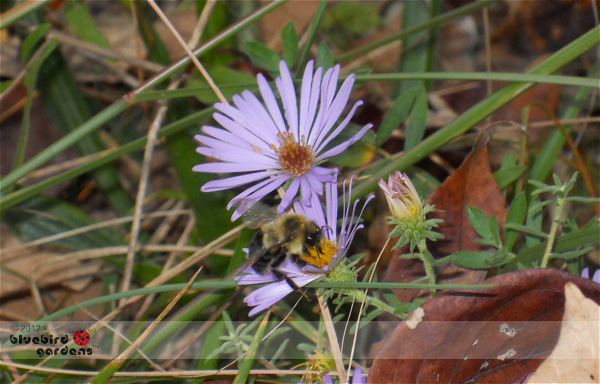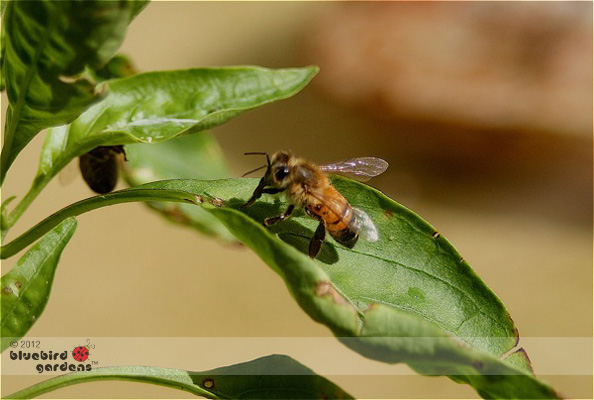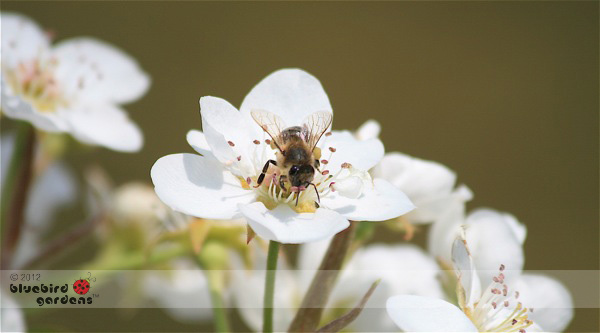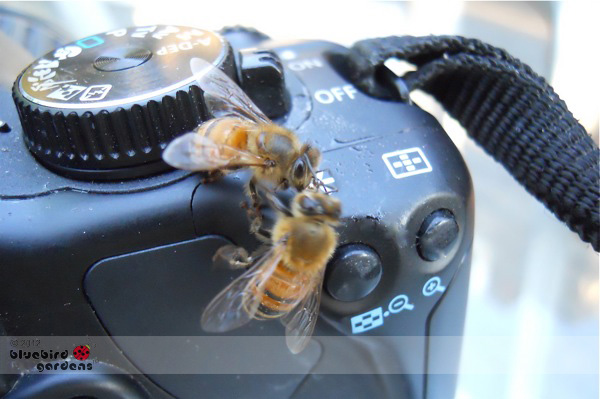It's easy to spot the new beekeepers at a meeting because within minutes they have that "lost" look on their faces. Beekeepers, like any other specialty, have their own language and shorthand when discussing issues.
To better familiarize myself with the "beekeepers'" language, I read as many books as I could, focusing on the terms. I will go over some of the more common terms and tools here because they are as much a reflection of the profession as - well, reading a book!
Bee Brushes
One of the beekeeper's more controversial tools is the "bee brush." Looking like a giant yellow toothbrush, the bee brush has very soft bristles and a long handle for easy gripping. Bee brushes are handy to have if you don't want to hurt or kill bees as you move hive pieces around. Honeybees in a garden are so intent on their work, they often will continue working without realizing their hive frame has been moved, or the top is on the side of the hive. Bees will follow the queen so even though you may be moving bees around, they will all try to climb back into the hive after the queen.
How to Use Bee Brush
To make sure you don't kill or harm bees, slowly move the bee brush across the area where you want bees to leave. And I mean S-L-O-W-L-Y, you are using the bee brush bristles to nudge the bees along, not sweep them off their feet. I like having my bee brush with me when I open hives, even just to inspect. I can more easily guide bees away from areas that may otherwise hurt them as I move frames around or put the top back on.
Don't want to use a bee brush? It also makes a nice tool to brush furniture treated with beeswax!
Charlotte
